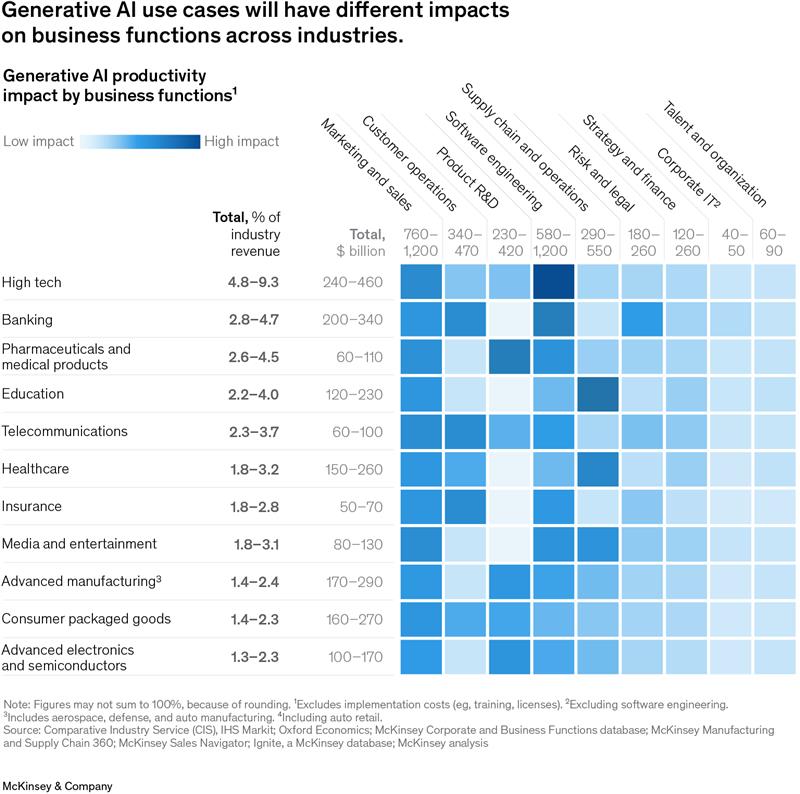Extended reality (XR) is the combination of digital materials with the real world that allows developing immersive experiences and allows users to engage with virtual objects in a natural manner. This revolutionary computing paradigm poses thrilling prospects of application designers to innovate in the gaming area, education, productivity among others. The Jetpack XR SDK made by Google is designed to introduce Android developers to this initial phase of spatial computing by introducing development tools that are comfortable and offer some functionality that is specifically designed to leverage the power of XR.
Jetpack XR SDK allows Kotlin and Jetpack Compose to develop declarative UI code and harbor applications to go responsive in space and adapt to three-dimensional worlds. Running on Jetpack SceneCore with the ARCore integration to understand the environment, the developers can create an elaborate XR application without a blank canvas. This will be a full toolkit to make the development of XR apps easily reachable and affordable paired with performance and scalability.
The Androidify XR Project
Androidify is a common app which gives the user options to make their own android avatars. This is an important step towards porting 2D applications to XR: this application was most recently ported to Jetpack, into the XR space. The developers came up with two fundamental modes, the Home Space, where users can multitask having multiple apps within a spatial setting, and Full Space, which is a complete immersion in the application.
This multi-purpose approach is medium/immersion and offers the user options based on what they want to use XR to do. The customization of the avatars in Androidify is 3 dimensional which means that the user can customize and interact with his characters in a way that he cannot interact with a flat screen. Its change in mode is very smooth, with its consistency and pleasantness throughout the XR experiences, coupled with keeping the familiarity with the application.
Technical Innovations and Adaptations
To convert Androidify into XR, there was a need to be ingenious in a number of areas. To make the experiences of XR instruments, camera layouts have been optimized to fit the XR hardware so that interfaces can be readable and comfortable no matter the distance of the user or the orientation of the device. Interactions are both natural and friendly because the UI elements change their dimensions and placement on-demand based on the spatial context.
With Jetpack SceneCore, it is possible to easily manage the three-dimensional scenes and process challenging animation systems and object hierarchy. Multi-camera support would accommodate the differences in the design of XR headsets with a wide range of device compatibility. In a bid to hold performance, polygon reductions, and texture management among other optimizations promote high frame rates, which maintain the immersion without compromising the visual fidelity.
Development Best Practices with Jetpack XR SDK
Android developers can move their current capabilities into XR development with the help of Jetpack XR SDK. Declarative, manageable, and scalable UI codebases, made to be in three-dimensional space, are based on familiar tools like Kotlin and Jetpack Compose. The developers are suggested to start by spatializing conventional two-dimensional layouts and help orientate the users to the XR experience, helping them to get progressively used to it.
The priority is on performance; the XR applications must be low latency and high frame rate. To address these requirements, Jetpack includes rendering utility and resource management utility. With ARCore features like plane detection and persistence, the environmental awareness and fidelity to interaction can be increased. Usability and satisfaction are secured by the iterative development with the presence of constant user testing in XR environments.
Future Outlook for Android XR Development
The continued investment by Google in XR tooling and the Jetpack XR SDK is an indication that it plans to develop the Android centered XR ecosystem. Since XR hardware is becoming diversified in products (headsets and glasses) the modular and scalable nature of Jetpack means that developers associate effortlessly with new devices and interaction models (i.e. voice or gesture control).
Androidify XR project is an illustration of how spatial computing can be reinvented with existing applications with no need to rewrite them entirely. The trend will democratize the creation of XR app and will welcome an expanded
pool of developers to help with the creation of the next generation of immersive applications that can create better experiences in mobile devices.
A notable example is the Androidify XR Project, which successfully transformed a popular 2D avatar customization app into a full XR experience using Jetpack XR SDK. Users can now interact with and customize their avatars in three-dimensional space, demonstrating the practical application and potential of spatial computing. This showcases how existing Android apps can be innovatively adapted for immersive environments without complete redevelopment.
Conclusion
Jetpack XR SDK is a key connectivity that allows Android developers to design spatial experiences. The development of Androidify pinpoints the fact that it is possible to introduce popular apps into the immersive XR environment with this toolkit catalyzing the engagement and satisfaction of the user.
With the Jetpack XR SDK, developers can create future possible XR solutions with certainty and confidence through familiarity with the SDK using proven Android patterns and innovative spatial computing methods. Without enduring possibilities of immersive technology based on Android, the future of immersive technology is bound through its usage today to guarantee a dominant role in forming the digital experiences in the future.




